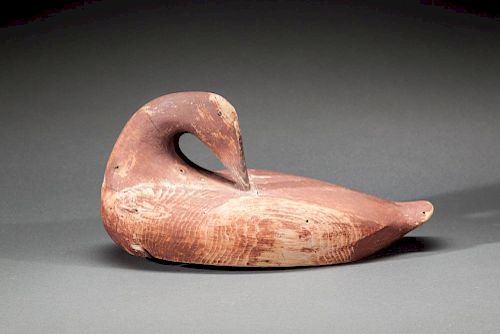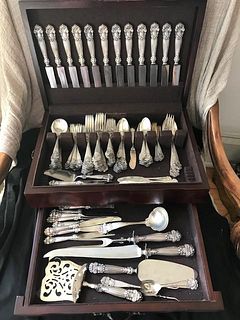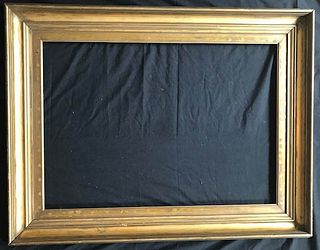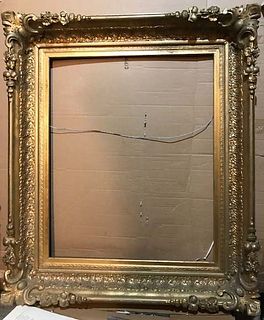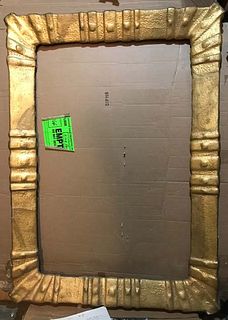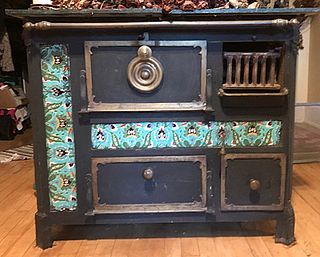Preening Eider Hen
About Seller
20 Winter Street
Pembroke, MA 02359
United States
Founded in 2005, Copley Fine Art Auctions is a boutique auction house specializing in antique decoys and American, sporting, and wildlife paintings. Over the course of the last two decades, the firm has set auction records for not only individual decoy makers, but also entire carving regions. Copley...Read more
Two ways to bid:
- Leave a max absentee bid and the platform will bid on your behalf up to your maximum bid during the live auction.
- Bid live during the auction and your bids will be submitted real-time to the auctioneer.
Bid Increments
| Price | Bid Increment |
|---|---|
| $0 | $50 |
| $1,000 | $100 |
| $2,500 | $250 |
| $5,000 | $500 |
| $10,000 | $1,000 |
| $25,000 | $2,500 |
| $50,000 | $5,000 |
About Auction
Jul 25, 2015 - Jul 26, 2015
Copley Fine Art Auctions cinnie@copleyart.com
- Lot Description
Augustus Aaron Wilson (1864-1950), South Portland, ME, c. 1900
"Wilson looked at waterfowl much the way the Ward brothers did. There was a similarity in their ability to capture an unusual pose and to produce a decoy that continues to enthrall even the seasoned gunners who have spent their lives observing waterfowl.? -Maine decoy author and historian, Captain John Dinan
This boldly carved sea duck is one of the finest Wilson eider hen decoys to ever be offered at public auction. The carving features a preening head with carved eyes, bill detail, and raised wings.
This large bird is seventeen and one-half inches long, over eight and one-half inches high, and nine inches wide. The two-piece construction features a prodigious seven-by-four-inch inletted head seat. The bird?s bill tip fuses with the back left corner of the inlay, fully completing the graceful turn of the head. The bottom displays an anchor line ring fastened with an old fence staple.
Wilson was born on Mount Desert Island, Maine. Though he is foremost remembered as a carver, he was also a boat builder, waterman, outdoorsman, and lighthouse keeper. He was an attendant to a number of Maine?s lighthouses, including the Great Duck Island Light, Goose Rocks Station on Fox Island, Two Lights Station on Cape Elizabeth, Marshalls Point Light at Port Clyde, and lastly Spring Point Light in Casco Bay.
According to art historian Gene Kangas, ?His job as a lighthouse keeper provided financial security and ample time to facilitate rapid artistic advancement. Imaginative decoys and wildlife carving began to taking shape in an incredible variety of poses.? Early regional traditions and requirements drove carvers to produce big solid decoys with modest paint patterns. ?Seaworthiness, durability, practicality, effectiveness and affordability were essential considerations...Wilson?s genius is demonstrated by his ability to work within those existing traditions, yet elevate the Maine decoy to a higher level of artistic achievement.?
Wilson?s interests were by no means limited to decoys. He carved a variety of songbirds, decoratives, weathervanes, and big cats. A pair of Wilson?s tigers are featured in the "American Identities" exhibit, on display as a part of the permanent collection of the Brooklyn Museum, Brooklyn, New York.
Provenance: Private Collection
Literature: Gene Kangas, ?Gus Wilson, Folk Artist,? Decoy Magazine, Lewes, DE, November/December 1994, pp. 8-13.
Robert Shaw, "Bird Decoys of North America," New York, NY, 2010, p. 149, similar decoy illustrated.
David A. Schorsch, "American Decoys II," Boyertown, PA, 1998, p. 55 and front cover, similar decoy illustrated.Original paint with even gunning wear, age lines, and a crack through head.Condition
- Shipping Info
-
Shipping info
Copley Fine Art Auctions does not handle the shipping of any items. Shipping is the sole responsibility of the buyer. Once your payment has cleared, and we have received your authorized shipping release form items may be released for shipment. Copley Fine Art Auctions, LLC shall have no liability for any loss or damage to such items. Buyers should allow up to four weeks for shipment.PLEASE BE AWARE THAT INTERNET BIDDERS MAY NOT PICK UP THEIR ITEMS AT THE SALE SITE. ITEMS CAN BE PICKED UP BY APPOINTMENT OR SHIPPED STARTING FIVE DAYS AFTER THE CONCLUSION OF THE SALE
-
- Buyer's Premium



 EUR
EUR CAD
CAD AUD
AUD GBP
GBP MXN
MXN HKD
HKD CNY
CNY MYR
MYR SEK
SEK SGD
SGD CHF
CHF THB
THB